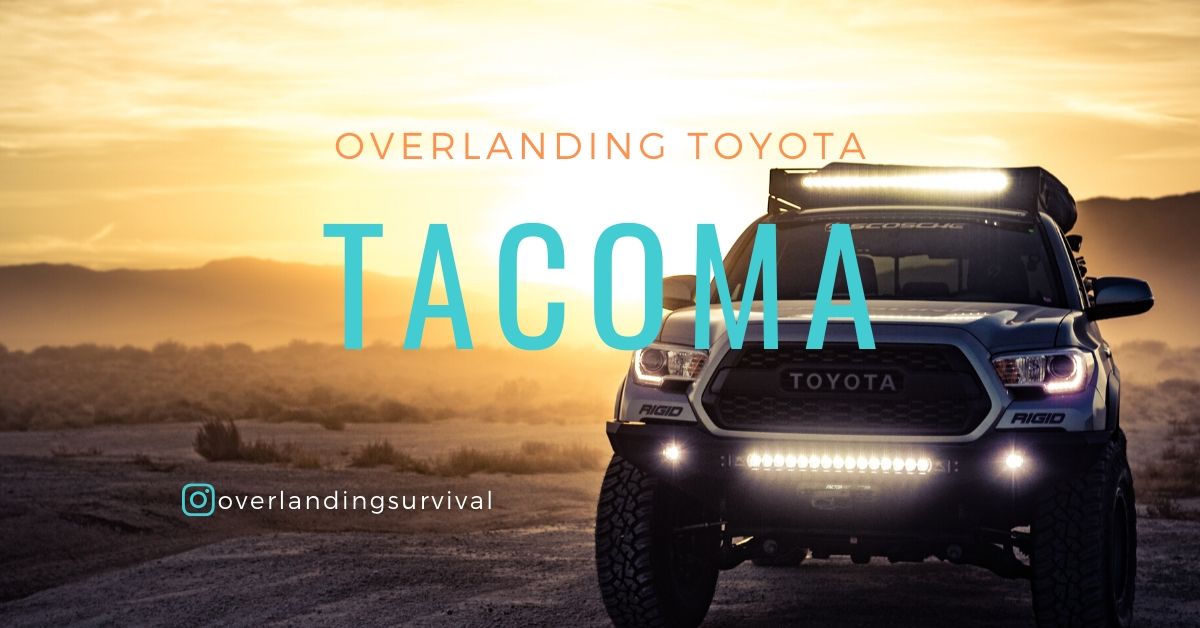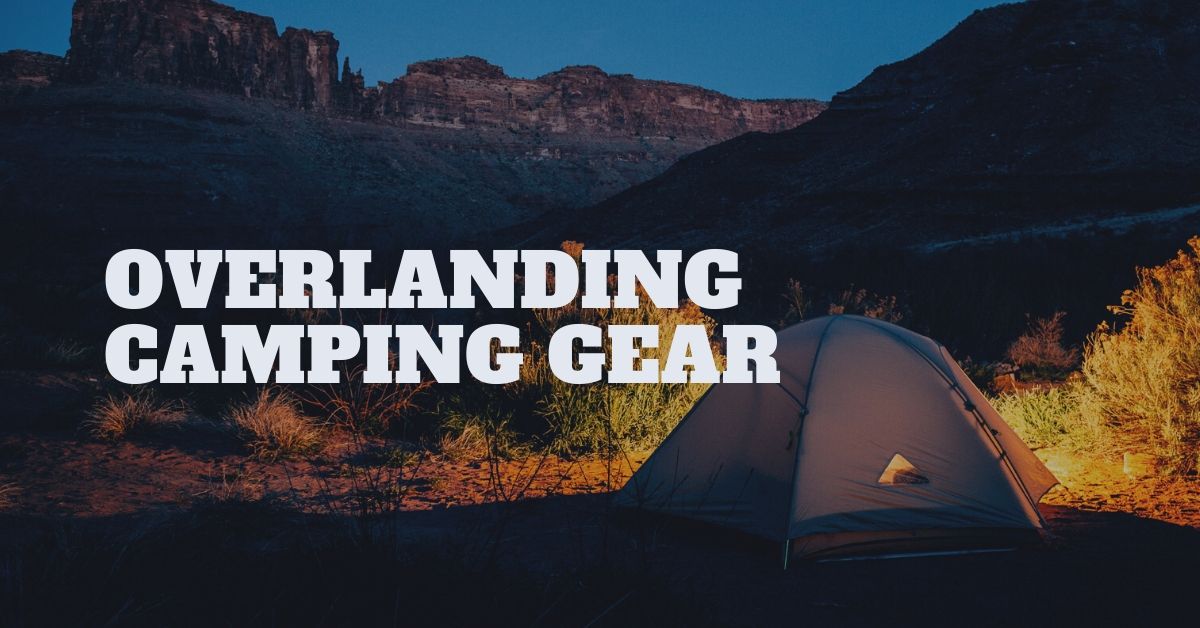The Toyota Tacoma has been an off-road juggernaut since its formal establishment as a truck model in 1995. The Toyota Tacoma’s lineage can be easily traced back in time to the late 1960s with the introduction of the 1969 Toyota Hilux mini-truck. The Hilux (or Hi-Lux, depending who you talk to) moniker was dropped in 1976 to make way for a redesign and a new name: the most imaginatively-branded “Toyota Truck” (who can forget Marty McFly’s black ‘85 Toyota Truck in Back to the Future? Oh yeah, did you know that Toyota made a Back to the Future tribute Tacoma?). These early ‘80s Toyota Pickups are legendarily tough and capable off-road; you still see them out and motoring about regularly to this day.
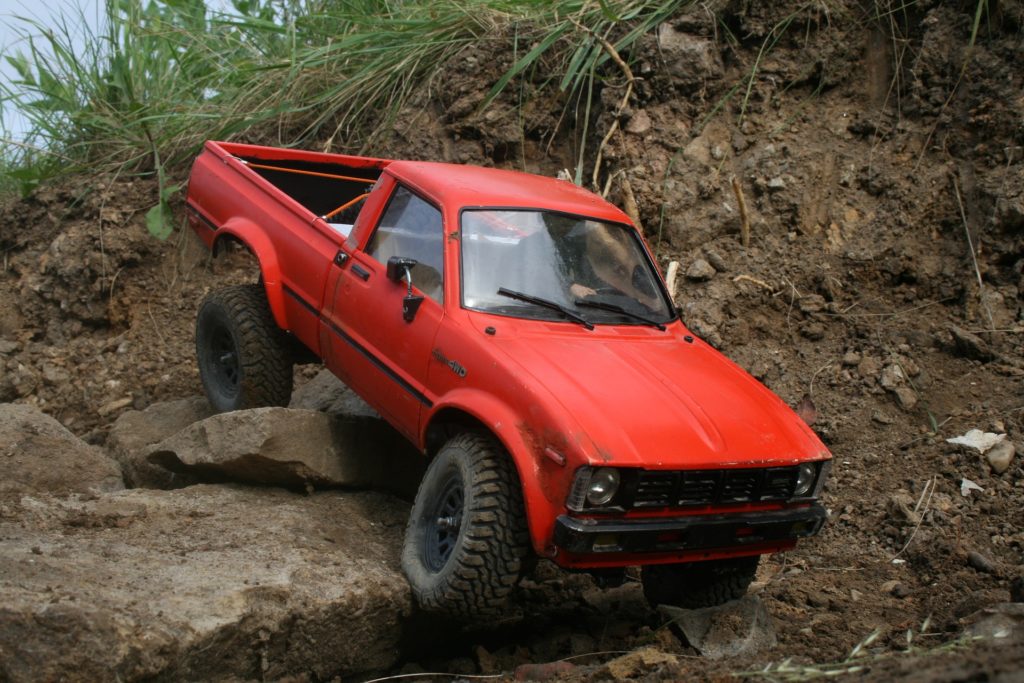
In the last decade of the 20th Century, Toyota decided the North American market needed a pickup platform re-branding, and in 1995 the Toyota Tacoma was unveiled. Named after an idigenous tribe’s name for Mount Rainier in Washington, USA, the Tacoma’s still-small stature but freshened-up lines coupled with the previous platform’s legendary durability were an instant hit, and the Tacoma took off running and hasn’t looked back. Though it has grown in physical dimensions considerably since the early first-generation days, all iterations of the stalwart Tacoma are highly respected and heavily used by the off-road and Overlanding community. As the platform has matured, Toyota has introduced an astounding array of engine, transmission, trim, and package options to ensure that there’s a Tacoma configuration for just about anyone – a soccer mom who needs to move flowers, a hunter who needs to get down a trail to recover a downed deer, or the Overlander camped out and self-sustaining in the badlands of the Dakotas.
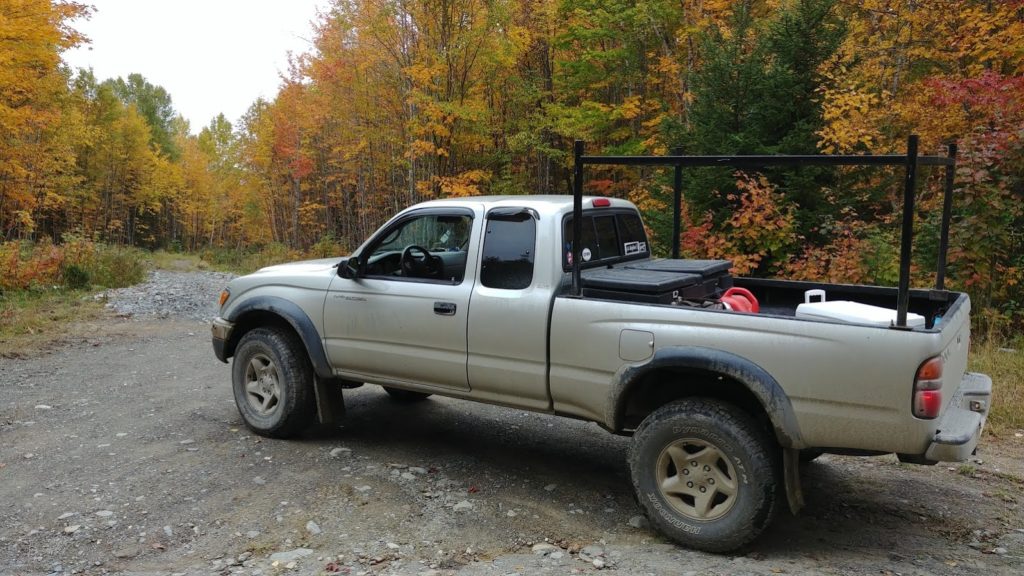
First Generation Tacoma – 1995-2004
You don’t have to squint too hard to see the family resemblance to the earlier HiLux/Truck family that came immediately before the Tacoma line. The formula stayed the same: brutal ruggedness, miniscule-but-comfortable dimensions, utter reliability. On these foundations, the new and improved Toyota Tacoma was ushered into the world – but with improved handling, ride, and payload capacity over its earlier brethren. Offered were a few configurations, which varied in availability by model year.
- Standard Cab: Your run-of-the-mill entry-level Tacoma, with no extra storage/cab space behind the solitary seat. Two doors.
- XtraCab: still two doors, but with an additional 18 inches or so of additional room with fold-down jump seats behind the front seats.
- Double Cab – four doors and a full bench seat in the back for some cramped, but available, passenger seating. The longer cab space means that these Double Cab variants only were available with the shorter 5’-5” long bed.
The first-generation Toyota Tacomas were available with three motors throughout the production cycle. Automatic and five-speed manual transmissions were available.
- 2.4L four cylinder, 142hp / 160 lb-ft torque – approximately 26mpg highway
- 2.7L four cylinder, 150hp / 177 lb-ft torque – approximately 20mpg highway
- 3.4L six cylinder, 190hp / 220 lb-ft torque – approximately 21 mpg highway
The first-generation Toyota Tacomas had several trim/driveline package levels: the base SR5 model, the PreRunner (2wd pickup with six-lug wheels and 4wd suspension), S-Runner (2wd V6 5-speed with body kit and lowered shocks) and TRD Off-Road (PreRunner and 4wd V6, locking rear differentials and Bilstein suspension components)
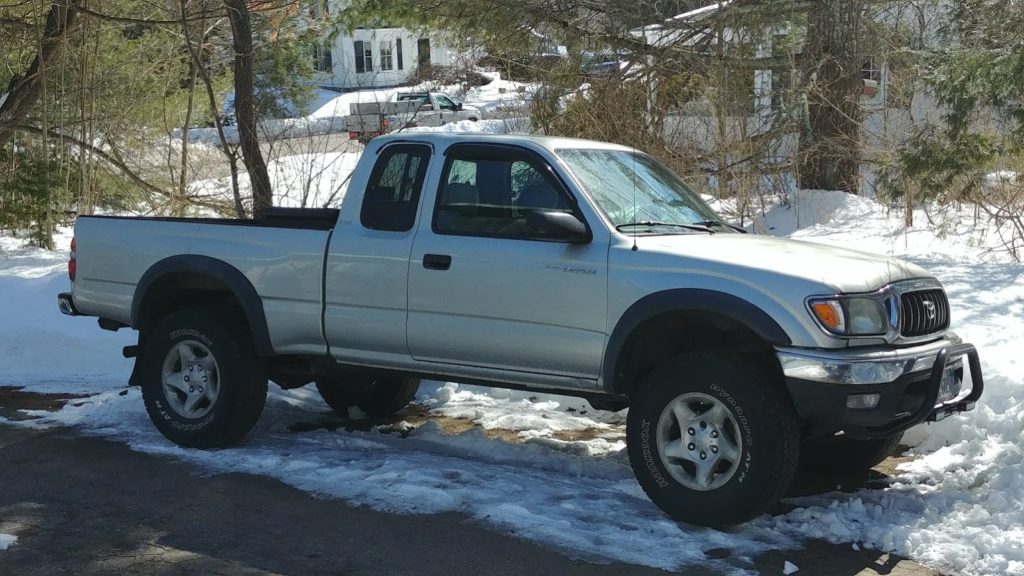
The First generation Toyota Tacoma is extremely popular with the Toyota crowd, due to its connection to the earlier legendary HiLux platform, its nimble and maneuverable platform, and outright offroading capability. A 4wd first-gen Taco with over 200,000 miles will still net ridiculous money if it’s in good shape.
These first-gen Toyota Tacomas hold a special place in my heart, as I personally owned a 2004 SR5 XtraCab 4×4 for 12 years, and put over 200,000 brilliantly reliable miles on the truck. My personal ‘04 Tacoma had a 6-foot bed and the 190-hp 5VZ-FE 3.4-liter V6 in front of a bulletproof 5-speed manual transmission. With a slight lift via Rancho Quick-Lift coil-overs up front and an add-a-leaf package out back, the small-statured but mighty Tacoma went anywhere I ever needed it to go and never left me stranded.
Also read: Toyota Hilux Off Road & Overland
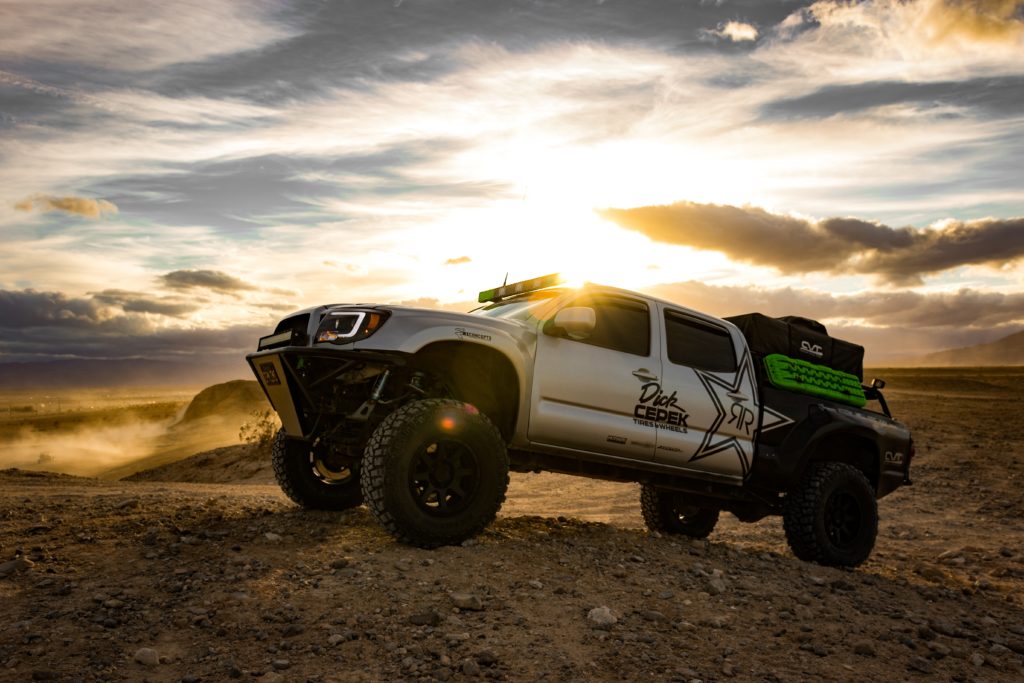
Second Generation Tacoma – 2005-2015
To replace the aging first-gen design and to address the surge of pickup trucks as commuter and family vehicles, Toyota redesigned the Tacoma to be a larger pickup truck without sacrificing the reliability and capability of the previous design. Four inches wider and six inches longer in Regular Cab trim, the second generation Toyota Tacoma made more room for the occupants of the vehicle, as well as providing lots more space for passengers behind the front seats so friends can accompany you on your overlanding adventures.
The big change, though, was more power and additional transmission options ( four speed automatic, five speed automatic, five speed manual, six speed manual) – but the number of engine options was brought down to two:
- 2.7L four cylinder – new design, making 159 hp / 180 lb-ft torque
- 4.0L six cylinder, 236 hp / 266 lb-ft torque
Towing capability increased, being brought up to 6,500 lbs with the new bigger, higher-torque 4.0L V6.
The Tacoma’s beds – formerly spartan affairs with simple loops at the corners for tying down loads – now were outfitted with storage boxes and additional sliding cleats for tie-downs. If you sprund for a TRD package, you got a 110-volt outlet in the bed as well. Speaking of beds, you had six-foot and 5-foot options, depending on cab configuration.
The same trim levels were available, though the (IMO lame) PreRunner model was dropped entirely, and the S-Runner was replaced with the X-Runner, which was lowered two inches via a redesigned suspension and offered sporty colors, body kits, spoiler, and six-speed transmissions coupled to the new torquey 4.0L V6 to make the X-runner more road-racing and track-friendly. A slew of new TRD packages were made available throughout the run, including the new TRD Off-Road package (more aggressive tires, skid plates, higher-articulating suspension and larger tow hooks) and TRD Sport package( Bilstein suspension, stainless steel exhaust tip, 17” wheels, color-matched body parts). If you ordered a towing package, you get oil and trans coolers and upgraded alternator, battery, and cooling fan.
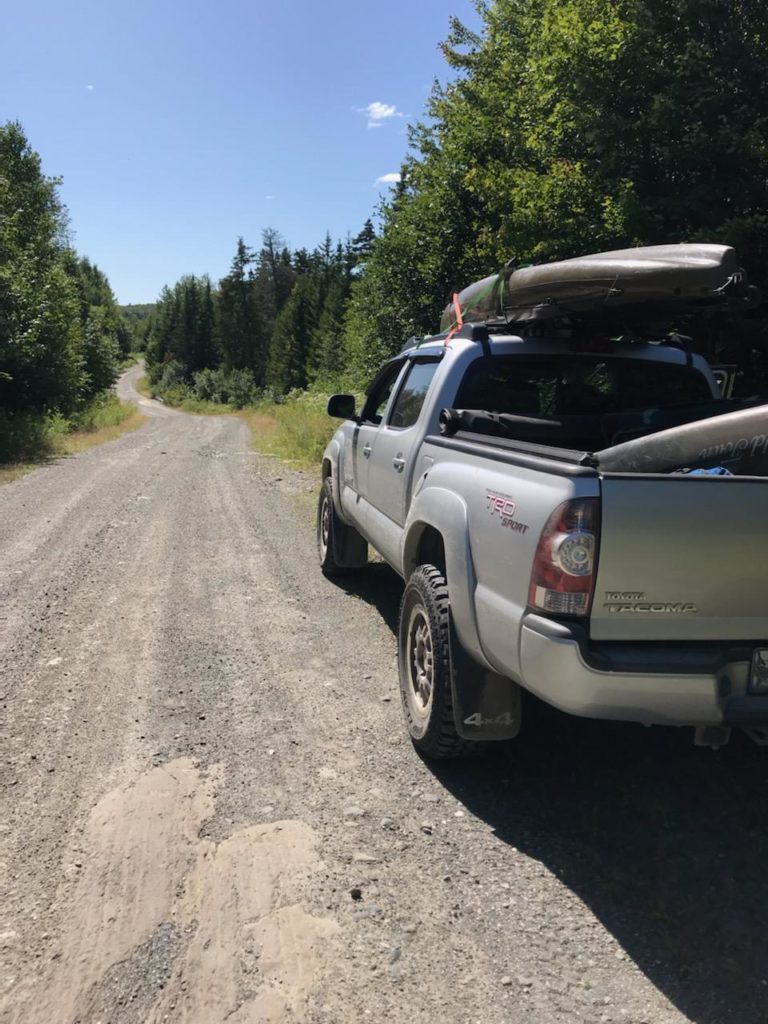
New for the TRD Off-Road and Sport packages were Downhill Assist Control (DAC – automatically brakes on steep descents) and Hill-Start Assist Control (HAC – prevents a manual-transmission equipped truck from sliding backwards when climbing steep inclines). Locking differentials were also available. Technology started creeping into the design durling the second-gen run, with the new touch-screen audio system, satellite radio, and Entune system becoming available.
The larger size and additional power and comfort make these second-gen Tacos a bit more user-friendly for the off-road and overlanding crowd, as these attributes and extra room more than make up for the slight decrease in nimbleness that the first-gen Tacomas offered. While a little bland-looking, the second-generation Tacomas are great choices for an overlanding rig starting point. The upgraded towing and payload capacity coupled with the new wider beds mean more room for gear and trailers/campers.
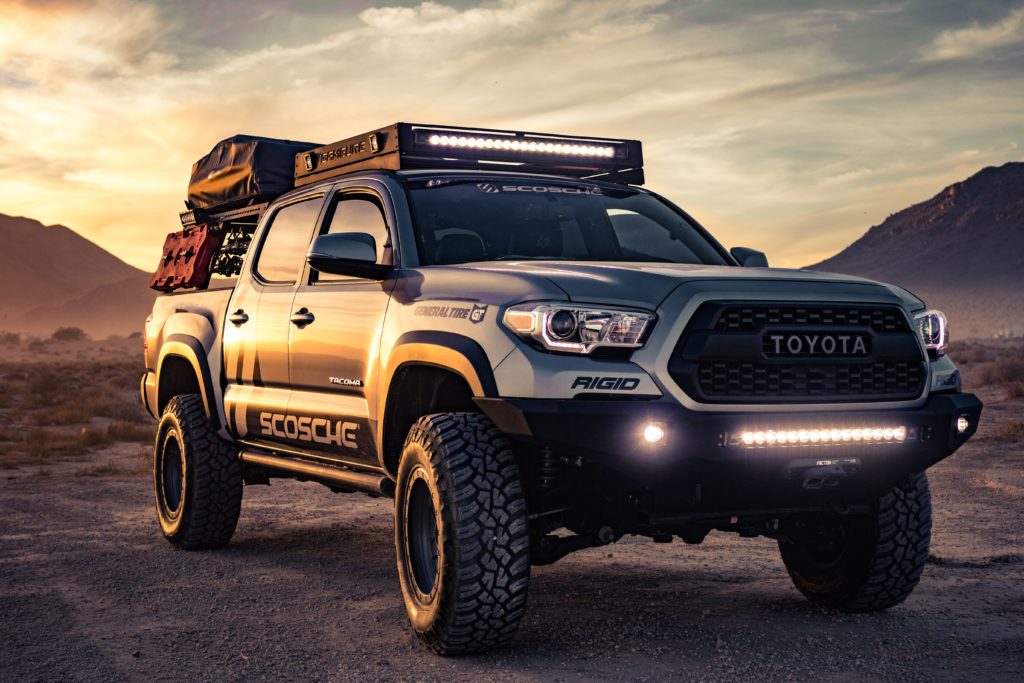
Third Generation Tacoma – 2016-Present (2020)
The current third-generation Toyota Tacomas got a complete facelift, borrowing heavily from the immensely well-recieved 2014-up 5th-gen Toyota 4Runner design. More muscular and burlier, the new 3rd-gen Tacoma’s edgier appearance made up for the second gen’s blase appearance and upped the ante. Growing a touch wider and longer, the new Tacomas are no longer compact trucks, but instead are getting closer to mid-size in answer to the calls for more interior room, gadgetry, and towing/payload capacity. A bewildering array of options and trim packages are now available, along with a new motor.
Gone for 2016 is the well-loved 4.0L V6, but the stalwart 161-hp / 181 lb-ft 2.7L four-banger soldiers on with a new 3.5L V6 compatriot . Along with the two standard engine options, the 2.7L is available with a five-speed manual transmission or a new six-speed slushbox trans, while the new 3.5L V6 with its 278 hp / 265 lb-ft torque output is offered with a six-speed manual or six-speed automatic transmission. Towing capacity with the tow package is reported at 6,800 lbs – plenty for your overland trailer and a Rovr Cooler with a few cold ones for you and your buddies – if you feel like sharing.
Along with the masculine facelift, the Tacoma’s underpinning’s got an overhaul as well. A new, stronger, lightweight frame is the home for an upgraded suspension geometry with improved differentials and axles. Along with the new design came additional trim levels, starting from the base SR and SR5, and moving up through TRD Sport, TRD Off Road, Premium, and the TRD Pro. Each trim level comes with its own package entirely tailored towards different market segments. For example, the Premium offers a full suite of technological gadgets and leather upholstery, while the top-of-the-line TRD Pro includes details to make your every-day Tacoma into a turn-key off-roading animal: LED fog lights, Fox gas-charged shocks, TRD catback exhaust, and enhanced skid plates, with a snorkel being offered as an option from the factory!
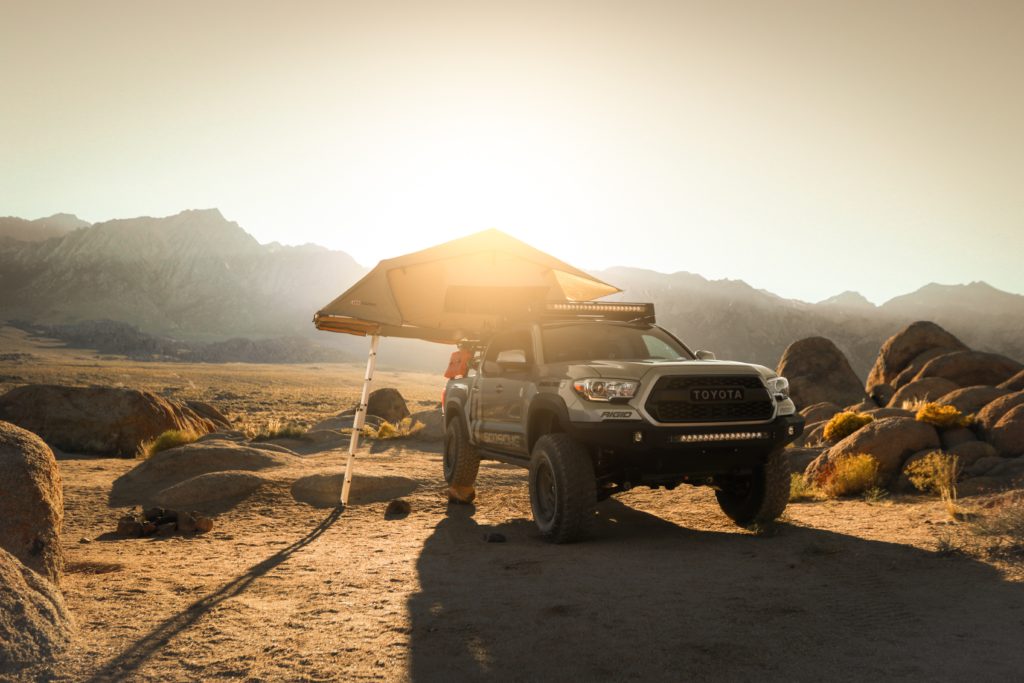
Also new for the overlanding and four-wheeling crowd, depending on model, were the “CRAWL” mode that automatically allows the truck to brake and accelerate by itself while the driver concentrates on navigating harsh terrain. Also newly available on the TRD Off Road package is a terrain-select feature that assists the driver depending on the terrain type. Internally, Qi wireless charging, Apple CarPlay, Amazon Alexa, and Android Auto cellular device interface along with large touch-screens enhance the driver’s capability to connect with the world around him/her.
The aftermarket support for the Toyota Tacoma is positively staggering – it’s so huge it could never be covered by a single article. But a quick Google search for anything Toyota Tacoma related will reveal a mind-numbing selection of lights, bumpers, racks, wheels, tires, exhausts, intakes, rock sliders, suspensions, GoPro mounts, comms, gears, lockers, console safes, ladders, tents, caps, sliding drawers…you get the picture. All these features plus a huge aftermarket support for the overlanding Toyota Tacoma means that there might not be a better option for you to start your overlanding journey with.

